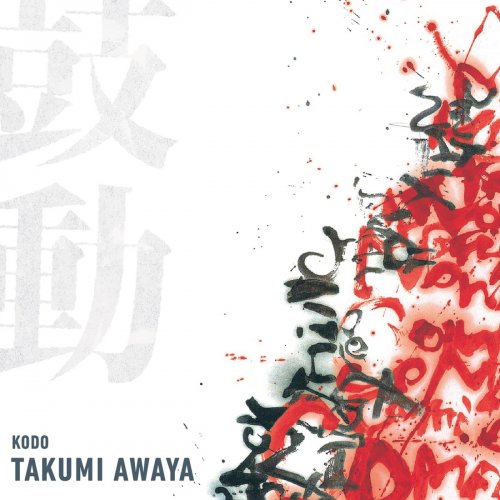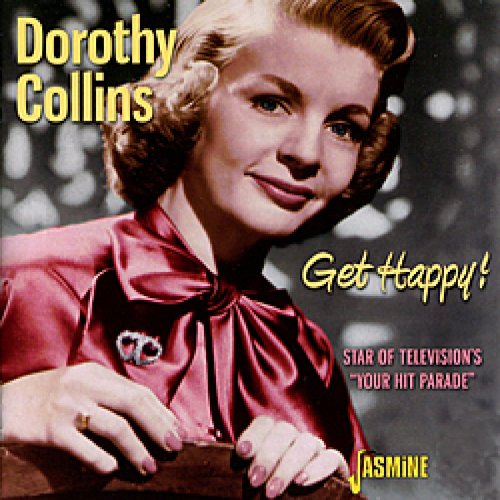Artist:
Carsten Daerr Trio, Carsten Daerr, Eric Schaefer, Oliver Potratz
Title:
Wide Angle
Year Of Release:
2010
Label:
Traumton Records
Genre:
Jazz
Quality:
FLAC (tracks)
Total Time: 1:00:07
Total Size: 332 MB
WebSite:
Album Preview
Tracklist:1. Full Aperture (05:22)
2. Phantômsz (03:59)
3. Intuition (06:08)
4. Interludium 1: Allenby (01:31)
5. Tripoli Airbag (05:08)
6. Baby Levi (03:33)
7. Almagest (05:27)
8. Interludium 2: Pour Joachim (02:29)
9. Walls (07:17)
10. Shut Up (04:39)
11. Puerto (04:50)
12. Tombs (04:15)
13. Templo (04:16)
14. Postludium: 23 (01:43)
Travelling is part of the business. Any musician who doesn’t want to get in a rut should keep moving; there are few artists indeed who can create solely from their own original genius, who can develop without exchanging with other people and cultures. The Carsten Daerr Trio has been on the move a lot during the past few years. „PurpleCoolCarSleep“ (2003), „Bantha Food“ (2005) and „Insomniac Wonderworld“ (2007) made it possible – albums that made listeners curious with their unwieldy and contagious energy. An alternative to the sweet and smooth sounds of similar formations could be found here, music composed in an experimental setup without sounding provisional, music that let listeners feel like they were participating in cutting-edge research on a brand new type of communicative improvisation.
This worked well, because the Carsten Daerr Trio had, at this point, long grown into a musical organism in which each participant was assigned his own indispensable function. For one, there was a Berliner bandleader who once studied under Kirk Nurock and Herbert Nuß, gathering experience at the side of colleagues like Christopher Dell, Christof Lauer or Bunky Green, to then sublimate it all into increasingly abstract elements of style. Contrabassist Oliver Potratzon on the other hand, a humorous stoic from Hamburg and industrious sovereign of the sonorous bottom-end, is a musician who otherwise earns his bread and butter with Arne Jansen oder John Schröder. He prescribed the band a healthy portion of inspired aplomb that did much to balance out the sound architecture. Eric Schaefer finally, workaholic, zealous intellectual, advocate of heavy-handed complexity, canny composer and popular colleague for fellow musicians Kalle Kalima, Michael Wollny, Arne Jansen and Ulrike Haage, rounds out the trio with his polyrhythmic presence and a touch of creative anarchy.
Thusly armed, and supported by the Goethe Institute, the Carsten Daerr Trio went on tour. Playing in South America and the Carribean, in Australia, North Africa, and the Near East, they developed their own sound, step by step. Their experiences with audiences from Damascus to Port-of-Spain led the musicians to some fundamental insights. Firstly: complexity only makes sense when it remains comprehensible. Abstraction doesn’t necessarily mean separation from meaning here, but can also lead to reducing diversity down to integral, suspenseful, and instantaneous impulses. Secondly: The common flow of the music is what is essential - the ideas, the impulses that drive the trio forward. Thirdly: Travelling is wonderful if you can manage not to take yourself so seriously, but can savour everything happening around you. Ideas for new compositions arose quickly from this, scratched down as notes, sometimes tried out live. In addition, the musicians began to capture their impressions with the camera, to anchor associations or complement the musical notes. A series of photos emerged, with subjects that were loosely connected with the experiences from afar: the West Bank barrier near Ramallah, a bazaar, poles, cables, barbed wire, a car wreck standing on its head, sheep, mountains, baby Levi, new life. Piece by piece an artistic whole is assembled, a whole which portrays the trio’s ever-changing language of sound and aesthetic effect.
Sound modifications were added. „After 'Bantha Food' I started to play a lot of organ“, says Carsten Daerr. „That was an exciting change, but also became a problem. Because one day the thing was broken. Also it was always risky to play with the Leslie. These specially constructed loudspeakers are so sensitive and unpredictable. So I tried to take the organ sound over to the piano.“ The result is an altered playing technique, more spacious here and there, more percussive than before, and this carries over to the entire trio.
„Wide Angle“, music from exactly that perspective, also means taking in more than the sights of a simple lens. From the organ, for example, arises the psychedelic moment. Spacious colors, dense networks, rhythms that could drive 70’s hard rock meet mighty chords. Clusters that dissolve in sparkling garlands of melody stand beside a systematic withdrawal of opulence, beside little dapples of motifs that seem, by concentrating on the miniature, to be an ironic side blow to the mega-profound sound cult of the avant-garde. Then again comes the manic scrabbling on the piano, the churning of the drums, the fingers racing across the fretboard.
Contrasts everywhere, and still the entire spectrum of „Wide Angle“ is harmonious in itself. This is certainly due to the extraordinary chemistry of the Carsten Daerr Trio. There are individualists at work here, each having a clear idea of his own musical effect, but placing it at the service of the entire sound. They are driven by the realization that playing in a trio doesn’t mean you have to be content with the aestheticism or conservatism of the past. Numerous developments, especially from the last decade flow in, leading this piano trio to take the right steps towards freeing itself from the rules and regulations of the past. „Wide Angle“ draws all the right conclusions. The album doesn’t only show a band that has significantly moved forward. It documents a trio breaking through its own form, powerfully, and with the greatest pleasure.
Ralf Dombrowski
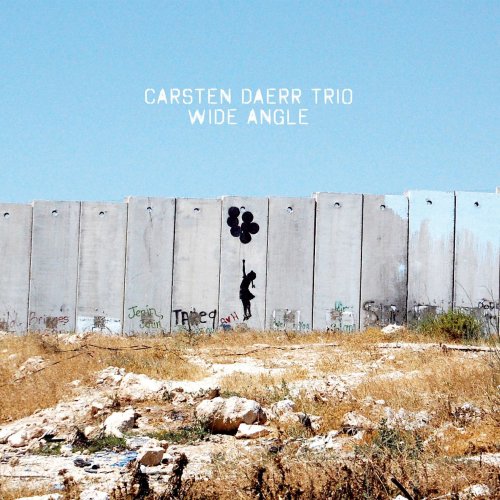

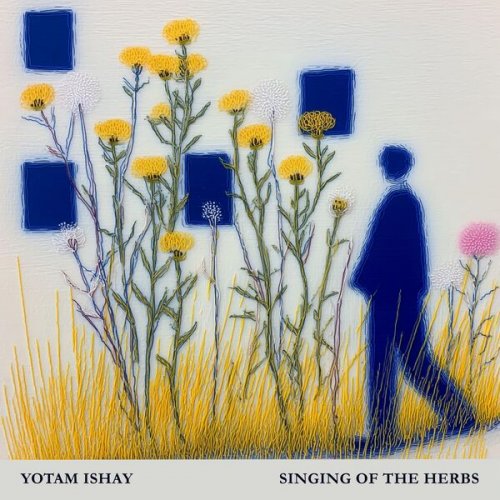
![Stille Grender, Eva Bjerga Haugen - Svart senker natten seg (2025) [Hi-Res] Stille Grender, Eva Bjerga Haugen - Svart senker natten seg (2025) [Hi-Res]](https://www.dibpic.com/uploads/posts/2025-12/1765550212_ktbxqyoaitggb_600.jpg)
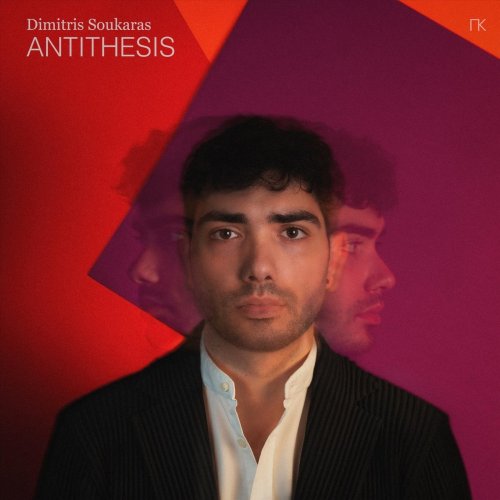

![Cosmic Swing Orchestra - JUL (2025) [Hi-Res] Cosmic Swing Orchestra - JUL (2025) [Hi-Res]](https://www.dibpic.com/uploads/posts/2025-12/1765510492_cover.jpg)

![Mark Pringle - New Customers (2025) [Hi-Res] Mark Pringle - New Customers (2025) [Hi-Res]](https://www.dibpic.com/uploads/posts/2025-12/1765497171_fb7vtyplm5lta_600.jpg)
